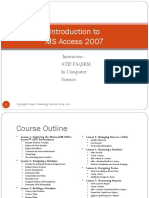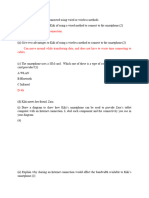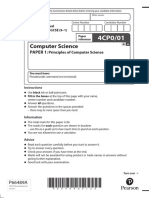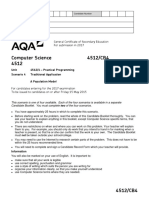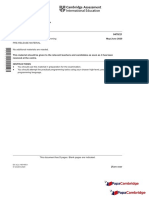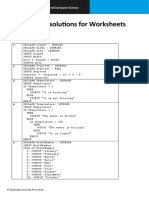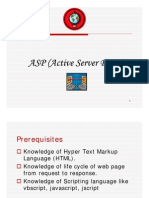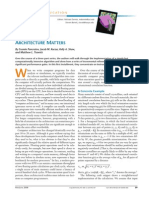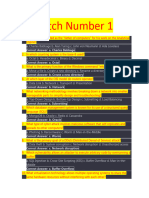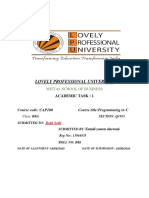0% found this document useful (0 votes)
842 views8 pagesPseudocode - Edexcel
This document provides details on the pseudocode command set that will be used for writing code examples in exam questions. It defines data types, constants, variables, arrays, selection statements, repetition statements, input/output statements and file handling statements. Examples are provided for the syntax of each statement.
Uploaded by
mr beanCopyright
© © All Rights Reserved
We take content rights seriously. If you suspect this is your content, claim it here.
Available Formats
Download as PDF, TXT or read online on Scribd
0% found this document useful (0 votes)
842 views8 pagesPseudocode - Edexcel
This document provides details on the pseudocode command set that will be used for writing code examples in exam questions. It defines data types, constants, variables, arrays, selection statements, repetition statements, input/output statements and file handling statements. Examples are provided for the syntax of each statement.
Uploaded by
mr beanCopyright
© © All Rights Reserved
We take content rights seriously. If you suspect this is your content, claim it here.
Available Formats
Download as PDF, TXT or read online on Scribd
/ 8
